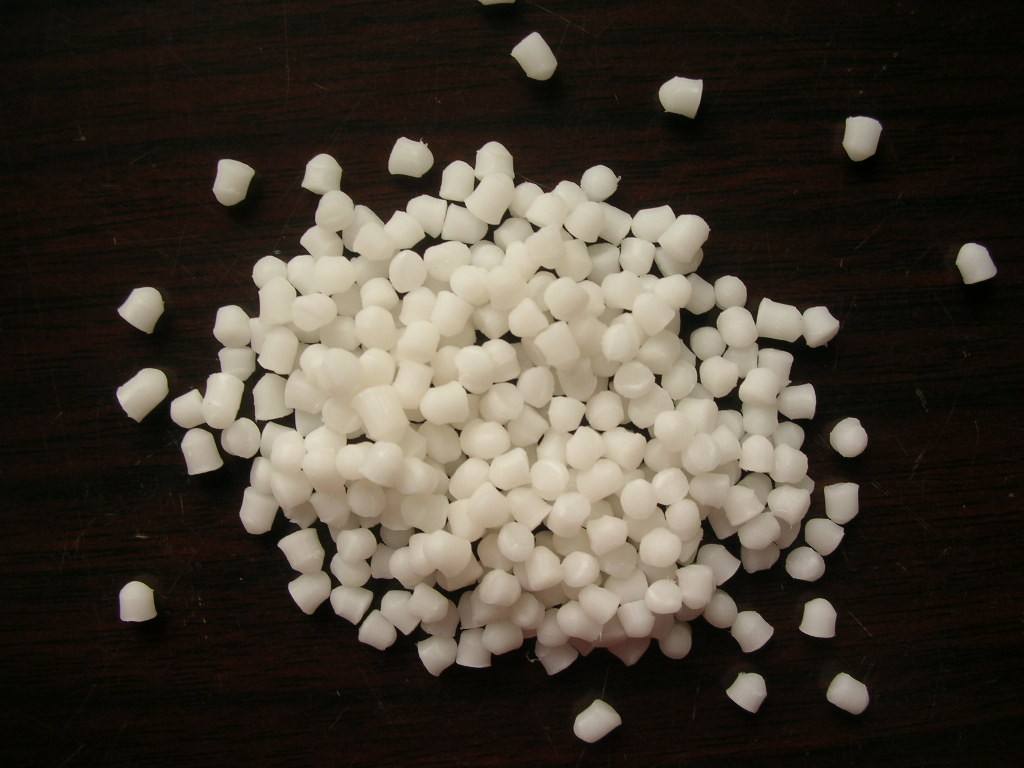Flame retardants used in intumescent coatings are generally called flame retardant systems. As the research on fire retardant coatings transitions from non-intumescent to intumescent coatings, the corresponding flame retardants It has also transitioned from non-intumescent to intumescent fire retardant systems and entered a stage of steady development. In the research and application of intumescent fire retardant coatings, the P-C-N resistance coating has basically been formed. Combustion system, this system includes three parts according to its function: dehydration catalyst, carbonizing agent and foaming agent, which are described as follows.

As a key component of intumescent fire retardant coatings, the main function of the dehydration catalyst is to promote and improve the thermal decomposition process of the coating, promote the formation of a non-flammable three-dimensional carbon layer structure, and reduce The amount of flammable tar, aldehydes, and ketones produced by thermal decomposition promotes the occurrence of reactions that produce non-flammable gases.
Diammonium hydrogen phosphate and ammonium dihydrogen phosphate were previously used as dehydration catalysts, but due to their high water solubility and low thermal stability, they were eliminated in the late 1970s. Nowadays, ammonium polyphosphate (APP), magnesium ammonium phosphate and melamine phosphate (MP) are commonly used. These substances are decomposed by heat to produce phosphoric acid to dehydrate polyols.
APP is an excellent dehydrating agent with a molecular formula of (NH4)n+2PnO3n+1. Infrared spectroscopy, 31P nuclear magnetic resonance and other analyzes have proven that its structure is an unbranched chain polymer macromolecule. In the research and industrial production of fire retardant coatings, its water solubility, thermal stability, phosphorus content and raw materials should be comprehensively considered. Factors such as price and then decide which dehydration catalyst to use.



 微信扫一扫打赏
微信扫一扫打赏
